Sometimes I Wonder How Beautiful The Universe Is, And We Do Not Even Have To Go That Far. Imagine Seeing








Sometimes I wonder how beautiful the Universe is, and we do not even have to go that far. Imagine seeing Neptune and Uranus from their moons…
Images: x, x, x, x, x, x, x (artist’s impression)
More Posts from Sharkspaceengine and Others









Pictures of the Day - November 7, 2018
Another Earth-Like world I have come across in the Large Magellanic Cloud Galaxy. This one has two moons and a rather cold surface with lots of ice covered mountains.
Space Engine System ID: RS 8475-2-6-170985-622 4
High Resolution Pics
From a distance
Closeup
Two moons
Icy Wasteland
Moonrises
Another double moon shot
The moons illuminating the night-side of the planet
Earth-rise
Earth and moon rise.
Why Won’t Our Parker Solar Probe Melt?
This summer, our Parker Solar Probe will launch to travel closer to the Sun than any mission before it, right into the Sun’s outer atmosphere, the corona.

The environment in the corona is unimaginably hot: The spacecraft will travel through material with temperatures greater than 3 million degrees Fahrenheit.
So…why won’t it melt?
The Difference Between Heat and Temperature
Parker Solar Probe was designed from the ground up to keep its instruments safe and cool, but the nature of the corona itself also helps. The key lies in the difference between heat and temperature.
Temperature measures how fast particles are moving, while heat is the total amount of energy that they transfer. The corona is an incredibly thin and tenuous part of the Sun, and there are very few particles there to transfer energy – so while the particles are moving fast (high temperature), they don’t actually transfer much energy to the spacecraft (low heat).

It’s like the difference between putting your hand in a hot oven versus putting it in a pot of boiling water (don’t try this at home!). In the air of the oven, your hand doesn’t get nearly as hot as it would in the much denser water of the boiling pot.
So even though Parker Solar Probe travels through a region with temperatures of several million degrees, the surface of its heat shield will reach only about 2,500 F.

The Heat Shield
Of course, thousands of degrees Fahrenheit is still way too hot for scientific instruments. (For comparison, lava from volcano eruptions can be anywhere between 1,300 to 2,200 F.)
To withstand that heat, Parker Solar Probe is outfitted with a cutting-edge heat shield, called the Thermal Protection System. This heat shield is made of a carbon composite foam sandwiched between two carbon plates. The Sun-facing side is covered with a specially-developed white ceramic coating, applied as a plasma spray, to reflect as much heat as possible.

The heat shield is so good at its job that even though the Sun-facing side of the shield will be at 2,500 F, the instruments in its shadow will remain at a balmy 85 F.
Parker Solar Probe Keeps its Cool
Several other designs on the spacecraft help Parker Solar Probe beat the heat.
Parker Solar Probe is not only studying the Sun – it’s also powered by it. But even though most of the surface area of its solar arrays can be retracted behind the heat shield, even that small exposed segment would quickly make them overheat while at the Sun.

To keep things cool, Parker Solar Probe circulates a single gallon of water through its solar arrays. The water absorbs heat as it passes behind the arrays, then radiates that heat out into space as it flows into the spacecraft’s radiator.
It’s also important for Parker Solar Probe to be able to think on its feet, since it takes about eight minutes for information to travel between Earth and the Sun. If we had to control the spacecraft from Earth, by the time we knew something went wrong, it would be too late to fix it.
So Parker Solar Probe is smart: Along the edges of the heat shield’s shadow are seven sensors. If any of these sensors detect sunlight, they alert the central computer and the spacecraft can correct its position to keep the sensors – and the rest of the instruments – safely protected behind the heat shield.

Over the course of its seven-year mission, Parker Solar Probe will make 24 orbits of our star. On each close approach to the Sun, it will sample the solar wind, study the Sun’s corona, and provide unprecedentedly close up observations from around our star – and armed with its slew of innovative technologies, we know it will keep its cool the whole time.
Parker Solar Probe launches summer 2018 on its mission to study the Sun. Keep up with the latest on the mission at nasa.gov/solarprobe or follow us on Twitter and Facebook.
Make sure to follow us on Tumblr for your regular dose of space: http://nasa.tumblr.com
If the earth had rings, would we see them when it was night? It's a stupid question but still
Yes, just as the moon reflects the light of the Sun, the rings also reflect. But perhaps they would not be like the rings of Saturn, they would be smaller because the Earth has the gravity smaller than the one of Saturn to hold them and also they would not be made of ice, because they would be closer to the Sun. There is a specific point in the System Solar known as “ice line” or “snow line”. This is the point in the Solar System, where ice deposits could have survived for long periods of time. Any closer and the radiation from the Sun sublimates the ice away. Instead, the rings could be made of rock and dust.






Insight A System (Outer 4 Planets)
Here are the outer 4 planets orbiting Insight A. Each planet has a large ring systems.
Insight A-VI (0.65 Earth masses, Water World with life, 1.10 AU)

Insight A-VII (3.10 Earth masses, Cold Desert World, 1.97 AU)

Insight A-VIII (15.46 Earth Masses, Ice Giant, 4.01 AU)

Insight A-IX (17.40 Earth Masses, Ice Giant, 7.34 AU)

Space Engine System ID: RS-5581-42-6-76887-1116 A
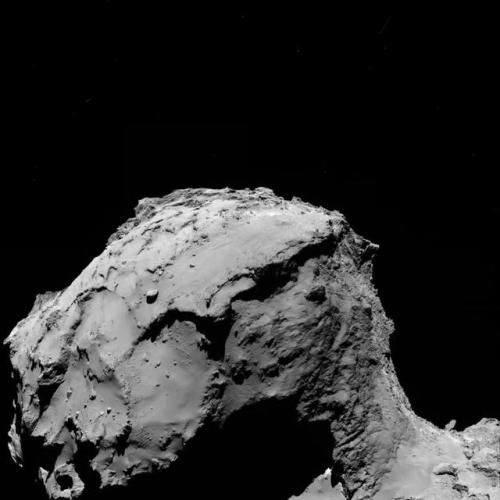
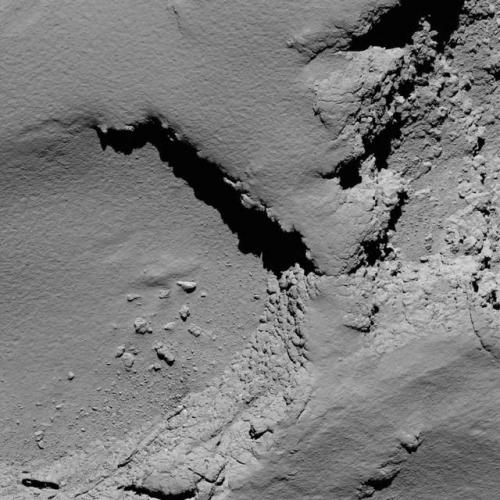
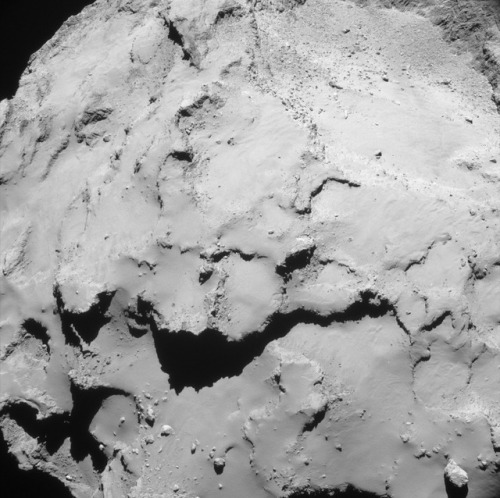
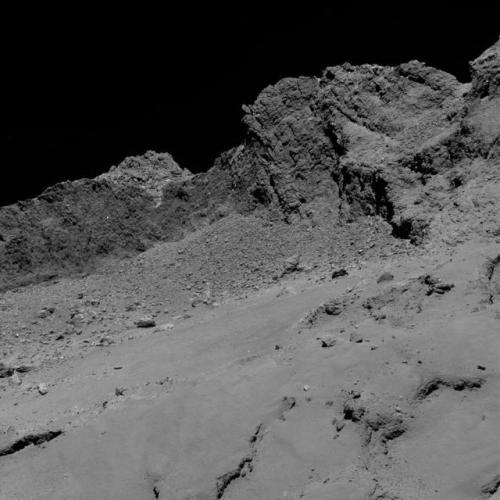
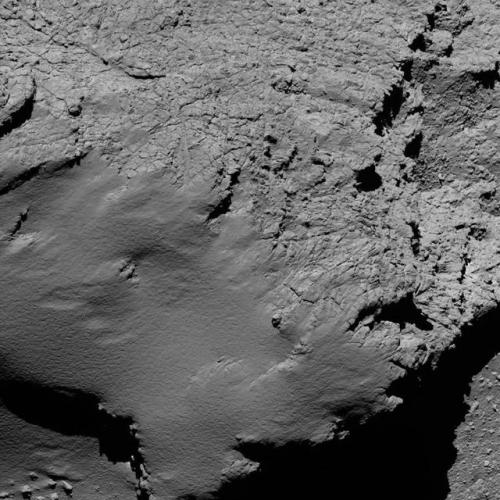
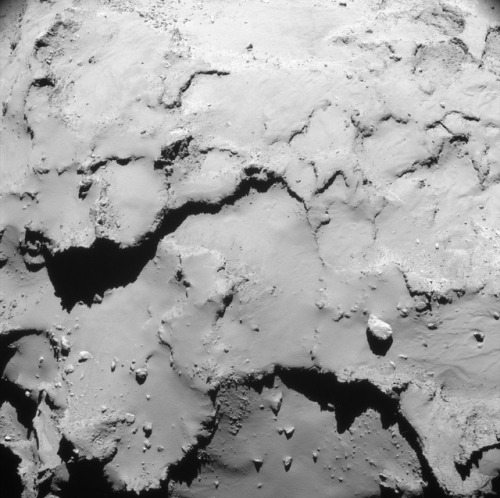
September 30, 2016: Views of Comet 67P/Churyumov-Gerasimenko captured by the Rosetta probe during the spacecraft’s final descent.
(ESA)
Ten interesting facts about Saturn
Saturn is sometimes called “The Jewel of the Solar System.” It is a planet that is nothing like our own. Humans have been gazing up at Saturn for a long time. They have been wondering about it for thousands of years.
Here are some fun facts about the Ringed Planet.

Saturn is huge. It is the second largest planet in our Solar System. Jupiter is the only planet that is bigger.

The rings are huge but thin. The main rings could almost go from Earth to the moon. Yet, they are less than a kilometer thick.

Four spacecraft have visited Saturn: Pioneer 11, Voyager 1 and 2, and the Cassini-Huygens mission have all studied the planet.

Saturn has oval-shaped storms similar to Jupiter’s: The region around its north pole has a hexagonal-shaped pattern of clouds. Scientists think this may be a wave pattern in the upper clouds. The planet also has a vortex over its south pole that resembles a hurricane-like storm.

Saturn is made mostly of hydrogen and helium: It exists in layers that get denser farther into the planet. Eventually, deep inside, the hydrogen becomes metallic. At the core lies a hot interior. (click the image for a better resolution).

Saturn has 62 moons: Some of these are large, like Titan, the second largest moon in the Solar System. But most are tiny – just a few km across, and they have no official names. In fact, the last few were discovered by NASA’s Cassini orbiter just a few years ago. More will probably be discovered in the coming years.

Saturn orbits the Sun once every 29.4 Earth years: Its slow movement against the backdrop of stars earned it the nickname of “Lubadsagush” from the ancient Assyrians. The name means “oldest of the old”.

In Saturn there is aurora: Photographic composition made by the Hubble Space Telescope showing the occurrence of aurora in the southern hemisphere of Saturn at intervals of two days.The aurora is visible only in the ultraviolet.

Saturn spins on its axis very fast. A day on Saturn is 10 hours and 14 minutes.

You can see Saturn with your own eyes: Saturn appears as one of the 5 planets visible with the unaided eye. If Saturn is in the sky at night, you can head outside and see it. To see the rings and the ball of the planet itself, you’ll want to peer through a telescope. But you can amaze your friends and family by pointing out that bright star in the sky, and let them know they’re looking at Saturn.
sources: nasa.gov, universetoday.com and solarsystem.nasa.gov

Picture of the Day - January 4, 2019
A hot desert-world with exotic land-based life.
Space Engine System ID: RS 5613-2267-7-1038156-494 A3 to visit the world in Space Engine.
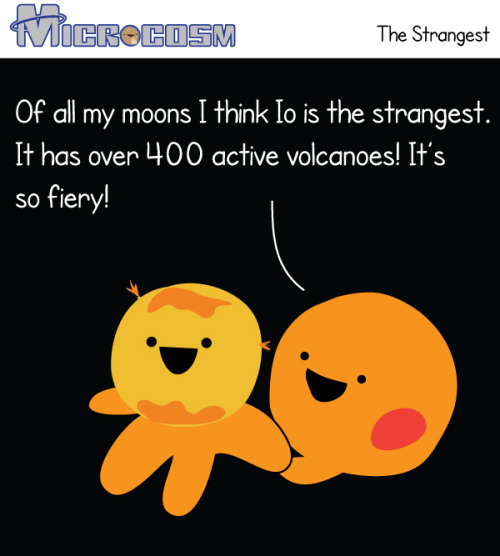
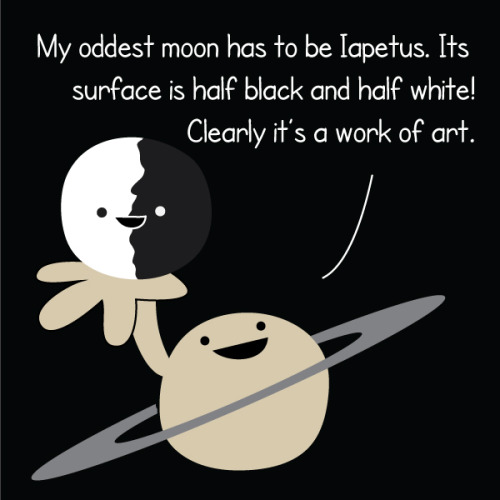

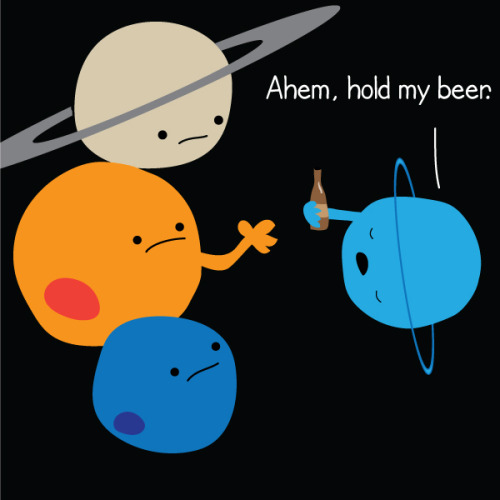
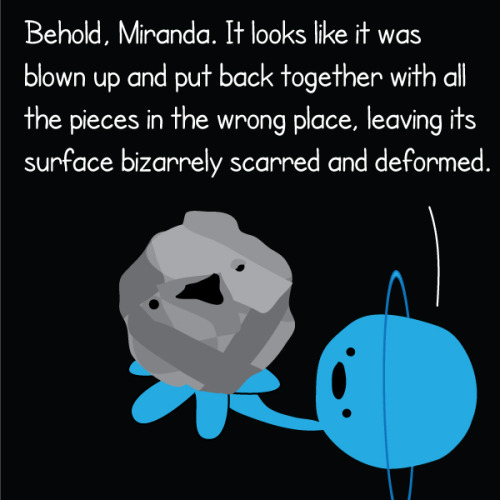

We really do have some weird moons in our solar system!







O’Sirus System - Post 2 (Weird Life)
The System’s 6th planet, and first world I’ve come across in my journey that has life on the surface. This is one odd life-supporting world. It is a small world, roughly the size of Mars, but only half of Mars’ mass, with a low average density. The atmosphere is 99.8% carbon dioxide and 0.2% oxygen, with a thickness only 4% that of Earth’s atmosphere. The surface has an average temperature of 181 K or -133 °F. And it has one large moon in orbit.
Unfortunately Space Engine only shows life as coloring on the planet’s surface; therefore, I have no idea what form or appearance it has. Based off of the temperatures and atmospheric composition, this the life likely has has a low metabolic rate that uses a liquid other than just water to metabolize, possibly an Eutectic Water-Ammonia solution. Carbon-based if feasible, but involves significantly different chemistry than we are familiar with. The purple coloring likely an adaptation to utilize the low sunlight levels and probably uses primarily red or near infrared light for photosynthesis.
High Resolution Pics
Picture 1 - Planet and Moon
Picture 2 -
Picture 3 - The Equator
Picture 4 - Northern Ice Cap
Picture 5 - Planet, Moon, Sun, Inner Planets and Andromeda
Picture 6 - The Surface
Picture 7 - Moon and Nebula Rising





Triangulum Log - Blue Veil System (Post 1) - Introduction
I’ve gone deeper into the Triangulum Galaxy, traveling almost 20,000 light years around the perimeter of the galaxy and coming across this binary orange dwarf system that has 10 planets. The system is next to a blue/teal colored nebula, and lies within an outer arm of the Triangulum galaxy. You may notice there are more stars in the sky compared to the last 2 systems.
High Resolution Pics
Image 1 - Tranquility
Image 2 - Twin Suns
Image 3 - Lunar Sunrise
Image 4 - Calm Giant
-
 vistadreams reblogged this · 2 weeks ago
vistadreams reblogged this · 2 weeks ago -
 marielunar reblogged this · 3 months ago
marielunar reblogged this · 3 months ago -
 sl2ui reblogged this · 7 months ago
sl2ui reblogged this · 7 months ago -
 ighla liked this · 10 months ago
ighla liked this · 10 months ago -
 theone-1 reblogged this · 10 months ago
theone-1 reblogged this · 10 months ago -
 flightofmars reblogged this · 11 months ago
flightofmars reblogged this · 11 months ago -
 eltayh liked this · 11 months ago
eltayh liked this · 11 months ago -
 elaaph reblogged this · 11 months ago
elaaph reblogged this · 11 months ago -
 elaaph liked this · 11 months ago
elaaph liked this · 11 months ago -
 soaad95 liked this · 11 months ago
soaad95 liked this · 11 months ago -
 1majed reblogged this · 1 year ago
1majed reblogged this · 1 year ago -
 20chiarisima03 reblogged this · 1 year ago
20chiarisima03 reblogged this · 1 year ago -
 dzoduf liked this · 1 year ago
dzoduf liked this · 1 year ago -
 drelldreams reblogged this · 1 year ago
drelldreams reblogged this · 1 year ago -
 marielunar reblogged this · 2 years ago
marielunar reblogged this · 2 years ago -
 marielunar liked this · 2 years ago
marielunar liked this · 2 years ago
My Space Engine Adventures, also any space related topic or news. www.spaceengine.org to download space engine. The game is free by the way. Please feel free to ask me anything, provide suggestions on systems to visit or post any space related topic.Check out my other blog https://bunsandsharks.tumblr.com for rabbit and shark blog.
294 posts